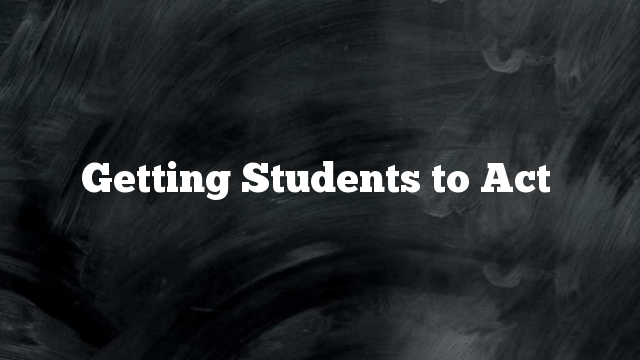
Whether you teach voice lessons, acting classes, or musical ensembles… you’ve seen it. The blank stare as your student is performing. They go on complete auto-pilot and are clearly not thinking about the words they’re singing or saying. There are those student exceptions but the kids who generate star power when they perform further accentuate the “deer in headlights” looks of the surrounding students… Today’s article with Broadway Educators will help you find some tools to work through the headlights look.
Creating Relationships
Once your student has learned all the notes in a song or memorized all the words in a monologue, your goal is to help them make the next step and find the meaning in the piece. When it comes to singing, I have a harder time trying to get the younger students and the teens to see the merit in acting while they perform since they’d say pretty voices are all you’d need for a good performance… It surprises them when I say it’s not!
The first thing I do is to find the relationships in the song to things in their lives. One of my big songs this year was “How Far I’ll Go” from Moana. I had a seven year old student perform the song for student recitals without any facial expression…at first. The song is about a girl who dreams of sailing out to the ocean against her father’s wishes to find adventure. We tried to find inspiration in the adventures my student takes so she could feel the same excitement as Moana. Since she loves Harry Potter, she tried to remember the first time she ever went to the movie theme park. The memories of traveling and riding broomsticks gave her the smile she needed to perform with.
Separating Thoughts and Beats
When you get to work with older middle and high school students, it gets even tougher to pull expression from them. But you can use different vocabulary to explain how to go about performing a piece. The separation of thoughts in an actor’s physical response to a work is an element that really gives the performance depth. Help your student find the changes in thought process for the character and challenge them to make new choices when those changes happen. Singing in a recital doesn’t include much blocking or walking around but subtle movements like changes of focus can make all the difference.
Besides these tips, I spend a lot of time making a fool of myself to get through to my students. Running around and being silly are the keys to making sure your students never go on autopilot.

 Random Item
Random Item